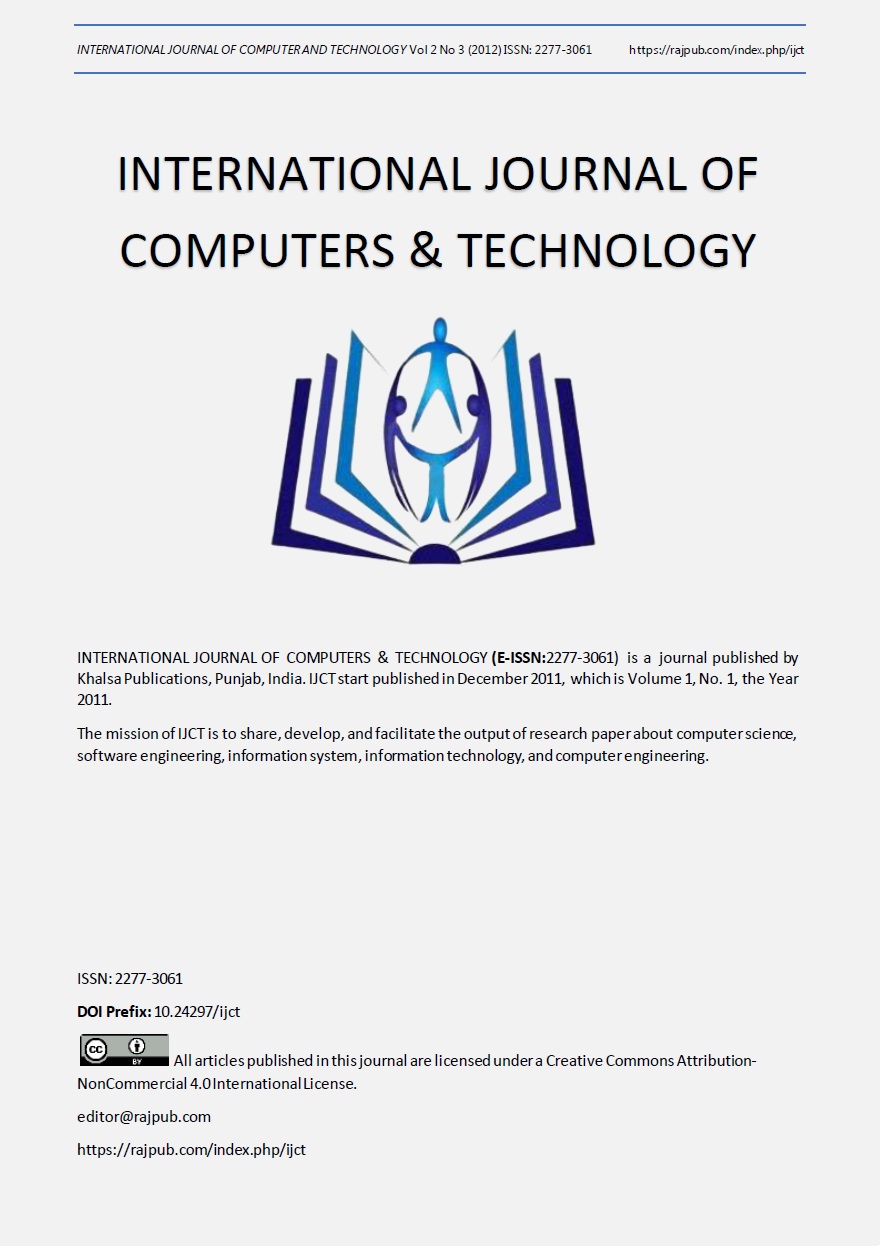A Study of Training and Development at Private Educational Institutions- with special reference to Malwa Region- Punjab
DOI:
https://doi.org/10.24297/ijct.v2i3c.6780Keywords:
Private Educational InstitutionsAbstract
This paper addresses the main issues of training and development for private sector particularly educational institutions. This Paper has been made to understand how training and development in private educational Institutions make a difference in the working style of employees. The involvement of the private sector to foster the improvement of the workforce can affect the entire economy. The operations of the companies in the formulation and implementation of the training is having its own potential to grow as a strategy. This provided opportunity to the professionals deserves an upgrading approach into their skills and to their careers. The paper is based on the author’s personal experience with more than 100 different training activities. The author has also had in-depth conversations with hundreds of employees and employers of private educational institutions.
Downloads
References
Measure Training? Journal of Labour Economics, 15, 507-
528.
Bassi, L & Ahlstrand, A (1999). Second Annual Report on
American Society for Training & Development’s Standards
ISSN: 2277–3061 (online) International Journal of Computers & Technology
Volume 2 No. 3, June, 2012
147 | P a g e w w w . i j c t o n l i n e . c o m
for Valuing Enterprises’ Investments Training &
Development, May
Supplement.
Becker, G.S. (1975). Human Capital: A Theoretical Analysis
with Special Reference to Education, Columbia University
Press, New York.
Collett, R. (1998). Modern Approaches in Training and
Development in the New Zealand Public Sector (unpublished
SSC paper for presentation to Hong Kong Civil Service
Seminar)
Decision Research Ltd. (1997). Report of Survey of Training
1997: Findings of Research Conducted for New Zealand
Employers Federation, August 1997.
Dwyer, M. (2000). Options for Improving Information on
Job-Related Education and Training (unpublished report
prepared for N.Z. Department of Labour)
Gobbi, M (1998). Participation in Post-compulsory Education
and Training, Labour Market
Bulletin, 1&2, 108-126
Interdepartmental Working Group on Ownership (1995).
Taking Care of Tomorrow, Today:
A Discussion of the Government’s Ownership Interest,
SSC,Wellington
Investors in People (2000). Overview of the Investors in
People Standard, IIP UK, London
Isaksson, C (1997). Survey of Benchmarking Activities,
OECD/PUMA, Paris
Jennings, P (1996). Employer-sponsored Training in Canada:
Evidence from the 1994 Adult
Education and Training Survey, Human Resources
Development Canada, Quebec
Kirkpatrick, D L (1994). Evaluating Training Programs. The
Four Levels, Berret-Koehler Publishers, San Francisco
Kirkpatrick, D L (1996). Great Ideas Revisited: Revisiting
Kirkpatrick’s Four-Level Model, Training and Development,
50, 1, 54-57.
Labour Party (July 1999). 21st Century Skills
(www.labour.org.nz/Infocentre1/Policies/IndustryTrainingpol.
html).
Labour Party (November 1999). Labour on the State Sector
(www.labour.org.nz/Infocentre1/Policies/statesectorpol.html).
Management Development Centre (1997). Secondment
Guidelines for Career Development
and the Management Development Centre Secondment
Service MDC, Wellington.
Management Development Centre (1999). Inter-Agency
Project Work for Senior Management Career Development –
Guidelines, MDC, Wellington
Office of the Controller and Auditor-General (1999). The
Accountability of Executive Government to Parliament, OAG,
Wellington.
Organisation for Economic Cooperation & Development
(1991). Enterprise-related Training,
OECD Employment Outlook, OECD, Paris.
Organisation for Economic Cooperation & Development
(1997). Manual for Better Training
Statistics: Conceptual, Measurement and Survey Issues,
OECD, Paris.
Robertson, A. (1999). Are You Getting Value for Money from
your Tax Dollars? Evaluation of
Training in Government Departments in New Zealand,
Australasian Evaluation Society 1999
Conference Proceedings.
Silva, L.D.S (2000). A Study of Factors Influencing Human
Resource Development Practices
and their Effects on some Public Sector Organisations in New
Zealand (unpublished paper for Diploma in Human Resource
Management, Victoria University of Wellington).
State Services Commission (1993). Survey of Training
Provision in Public Service Departments, SSC,Wellington.
State Services Commission (1996). Strategic Human
Resource Capability in the Public Service: Interviews with
Public Service Chief Executives and Selected other
Commentators, SSC,Wellington.
State Services Commission (1997). Strategic Human
Resource Capability Issues in the Public
Service: Full Project Report with Recommendations,
SSC,Wellington.
State Services Commission (1999). Measuring Human
Resource Capability in the Public Service, Occasional Paper
13, SSC, Wellington.
Stern, J & Ritzen, J M M (1991). Market Failure in Training?
New Economic Analysis and Evidence on Training of Adult
Employees, Springer-Verlag, Berlin Heidleberg.
Sveiby, K. (1997). The New Organizational Wealth:
Managing and Measuring Knowledgebase
Assets, Berrett-Koehler Publishers Inc, San Francisco CA.
Veum, J (1996). Gender and Race Differences in Company
Training, Industrial Relations, 35, 32-44
Yeabsley, J (1999). Strategic Development Branch Output
Quality Review (unpublished review of policy papers from
the Strategic Development Branch, SSC).









